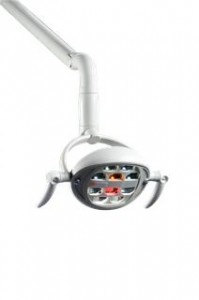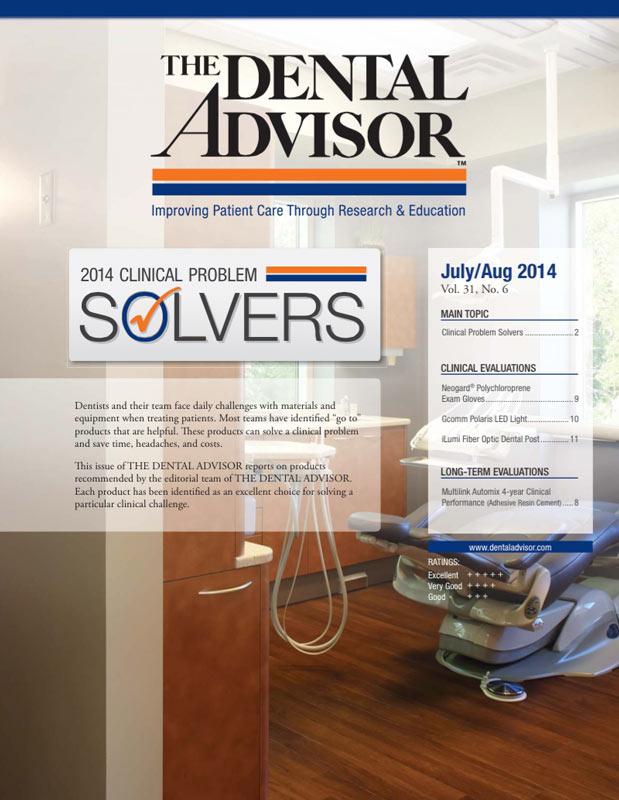Clinical Evaluations
Gcomm Polaris LED Light
Consultants’ Comments
- “High intensity light illuminates the entire working area.”
- “Patients commented on the modern appearance.”
- “Much better than my halogen lights.”
- “Light stays in any position desired.”
- “Some shadowing was noticed.”
Description
Gcomm Polaris LED Light is an LED operatory light constructed of aluminum with multiple mounting options. Ten LEDs and reflectors are arranged in an overlapping pattern to minimize shadowing from interference. Gcomm Polaris LED Light provides clinicians with the ability to adjust both color temperature (4,200°-6,000° Kelvin) and light intensity (8,000-35,000 lux) through dials on the back of the light. The manufacturer states that no ultraviolet or infrared radiation is produced. The LED lifetime is approximately 50,000 hours and there is no need for a fan as the heat output is very low. Anti-polymerization filters are available; however, the light is considered to be in ‘cure-safe mode’ when both the light intensity and light color temperature are reduced to minimum levels. The powder coat finish, available in six colors, is intended to disinfect easily and the handgrips are removable for sterilization. The Gcomm Polaris LED Light light moves on three axes for easy positioning and can be mounted to the wall, ceiling, or dental unit. Gcomm Polaris LED Light was installed in two dental offices and evaluated by consultants during a three-month period. This LED operatory light received an 88% clinical rating.
Equipment Features
Gcomm Polaris LED Light produced a bright, white light that enhanced visibility during dental procedures. The rectangular light pattern illuminated a sufficiently large working area without shining in patients’ eyes. The unit is attractive and modern in appearance with a smooth finish that is easy to disinfect. Consultants reported that the controls for the color temperature and intensity that are located on the backside of the light were not easy to access during treatment. While the manufacturer recommends certain color temperatures for various procedures, the markings on the dials cannot be seen from a sitting position. Gcomm Polaris LED Light was easy to position with the third axis of movement; no drifting occurred. One of the units evaluated was a dual-track system model with light and overhead monitor. The light traveled smoothly and quietly along the track, and the optional monitor had a strikingly clear display.
Key Features:
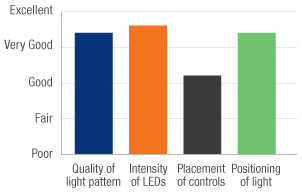
When compared to current product:
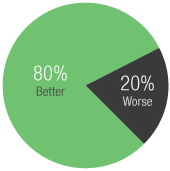
Percentage of consultants who would:
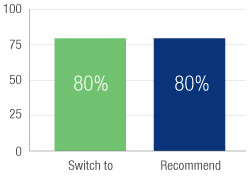
Clinical Tips
-
Color temperature adjusted to 4,200°K during surgical procedures can create better color contrast on soft tissues
-
Adjustment to 5,500°K is intended to mimic daylight illumination for procedures requiring shade matching.
-
Set at 6000°K (cool white) for normal usage.

